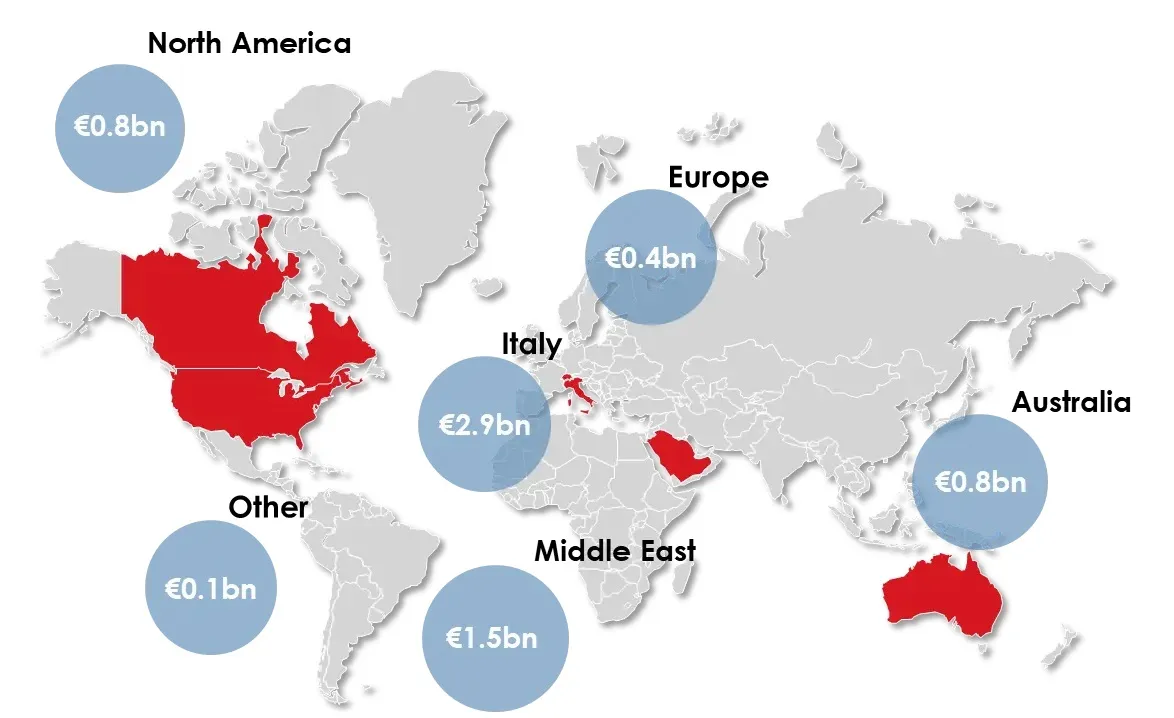
Australia’s construction activity might be slowing down after this year, according to an analysis of the country’s infrastructure activity by
While a number of factors support an optimistic view that business investment could lift more sharply than forecast over the next two years, latest quarterly Investment Monitor from Deloitte Access Economics is predicting slower growth.
“Although the healthy project pipeline will continue to support elevated levels of infrastructure activity, we expect 2019 to be the peak for this cycle,” said Stephen Smith, a Deloitte partner and the report’s lead author. “The factors that have supported the current surge in infrastructure spending are beginning to wane.”
A solid domestic economy, business profits continuing to grow at healthy rates, low borrowing costs and record state government infrastructure spending in the two states of New South Wales and Victoria have helped sustain capital expenditure in projects.
“Activity is expected to continue lifting from the trough observed in 2015, reaching a peak of almost [Australian] $40 billion in 2019,” Smith said.
A number of large
Adding to this, some of the largest projects underway are near the mid-point of their construction cycle, he said. These include Sydney’s $16.8 billion WestConnex and the $2.9 billion first stage of the Perth METRONET.
Also, a number of miners are now investing to maintain their production capacity at current levels, but this sustaining investment is much smaller than the levels seen during the resources boom, noted Smith. “Given these caveats, the recovery in business investment is likely to occur slightly slower than many have predicted.”






